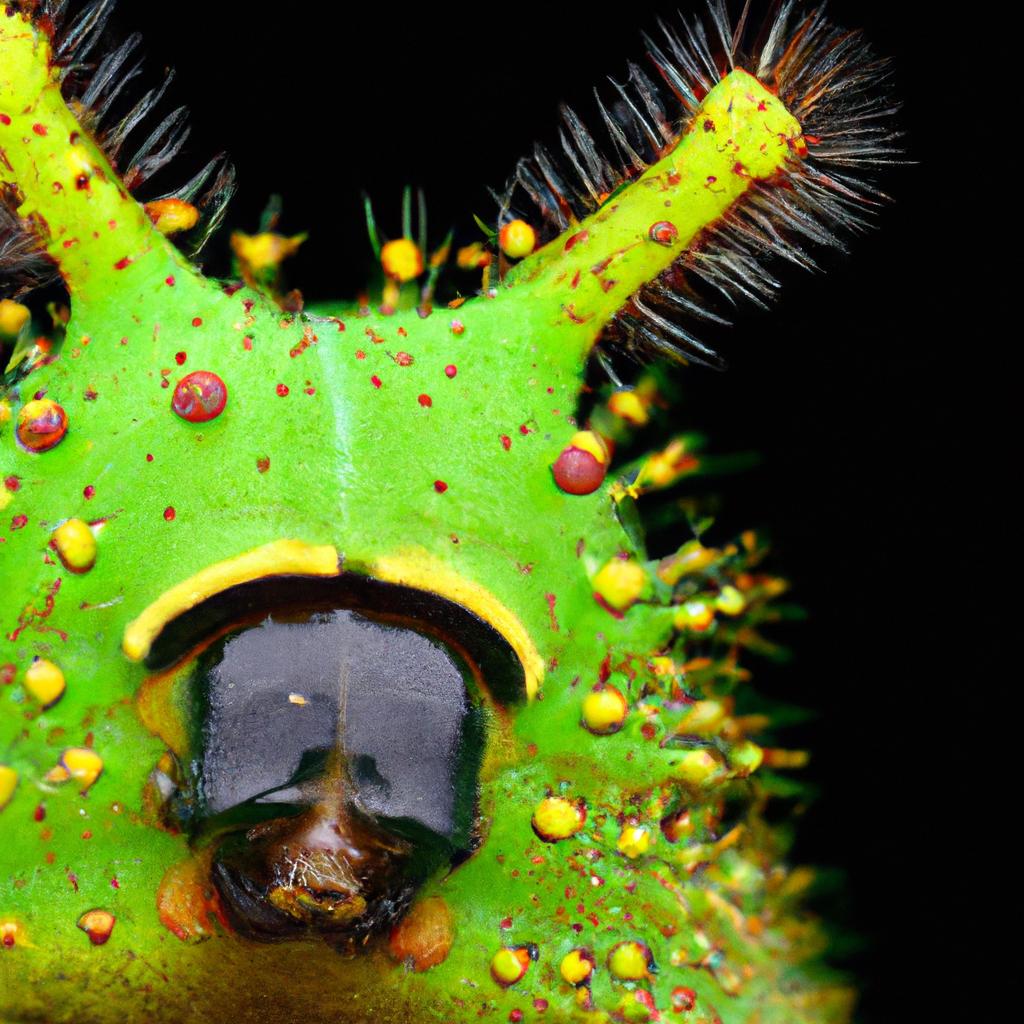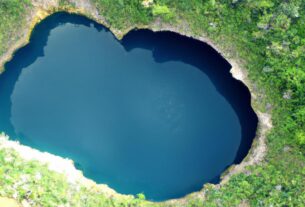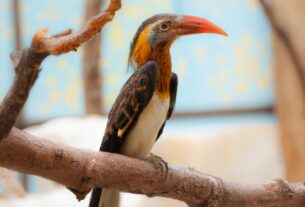The Saturniidae moth caterpillar is an extraordinary creature that belongs to the family of Saturniidae moths. With their vibrant colors, unique shapes, and impressive size, these caterpillars are truly captivating. Found all over the world, except for in the Polar Regions, they are commonly known as silk moths.
These caterpillars possess a distinct appearance that sets them apart from others. Growing up to 6 inches long, they have a cylindrical body shape covered in soft, hair-like structures called setae. These setae, often brilliantly colored, serve as a defense mechanism against potential predators.
One of the most striking features of the Saturniidae moth caterpillar is its prolegs. These fleshy, leg-like structures located on the abdomen are used for gripping and crawling, unlike the true legs situated on the caterpillar’s thorax.
But it’s not just their size and shapes that make them captivating. Saturniidae moth caterpillars also boast unique patterns and colors. Some have bright green bodies adorned with yellow stripes, while others display brown or black bodies complemented by white spots. These patterns and colors serve as a form of camouflage or warning to potential predators.
The Astonishing Life Cycle of the Saturniidae Moth Caterpillar
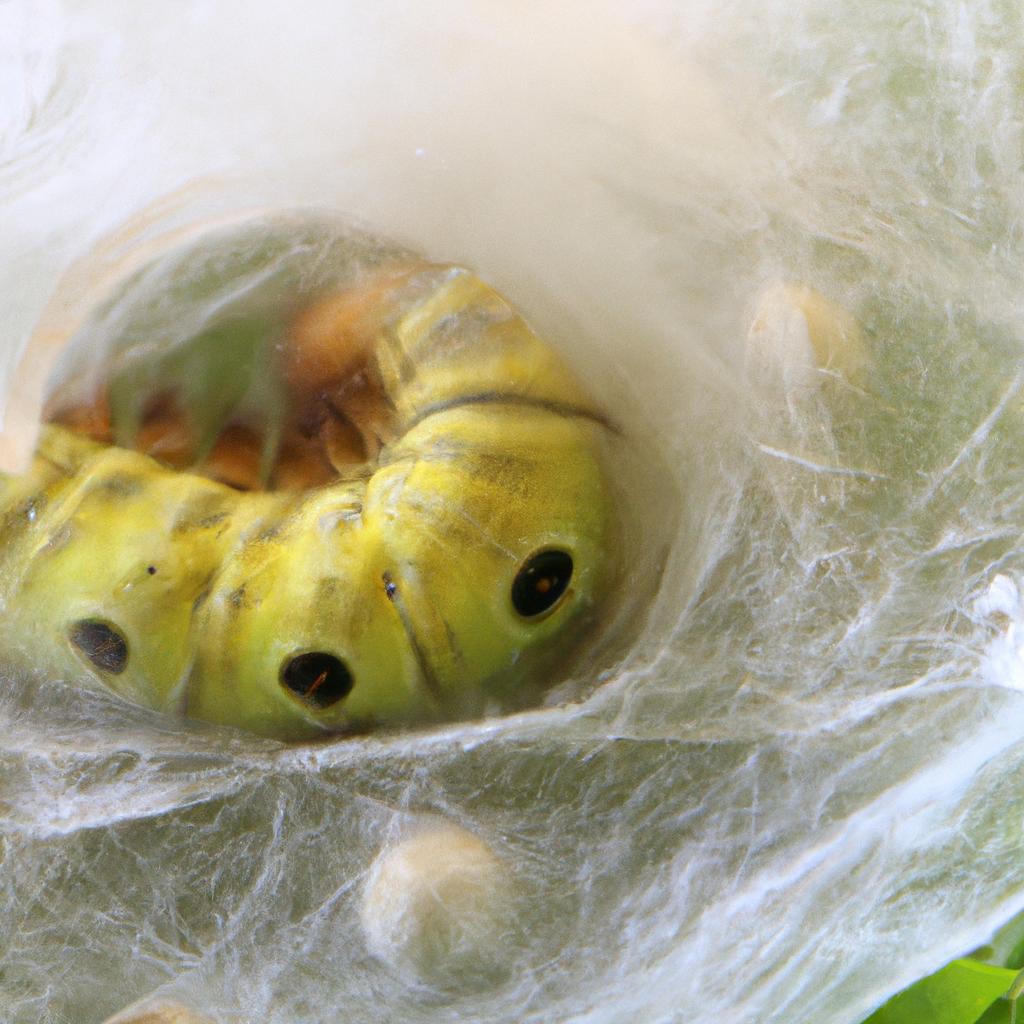
The life cycle of the Saturniidae moth caterpillar begins when the female moth lays her eggs on the leaves of a host plant. After a few weeks, the eggs hatch, and the caterpillars emerge. These caterpillars spend most of their time eating and growing, shedding their skin several times during their lifecycle.
With each molt, the caterpillar sheds its old skin and replaces it with a new one, becoming larger and more developed in the process. After a few weeks, the caterpillar spins a cocoon around itself and enters the pupal stage. The duration of this stage can vary from a few weeks to several months, depending on the species and environmental conditions.
Finally, the adult moth emerges from the cocoon, ready to mate and continue the life cycle.
Habitat and Distribution: Where Can You Find the Saturniidae Moth Caterpillar?
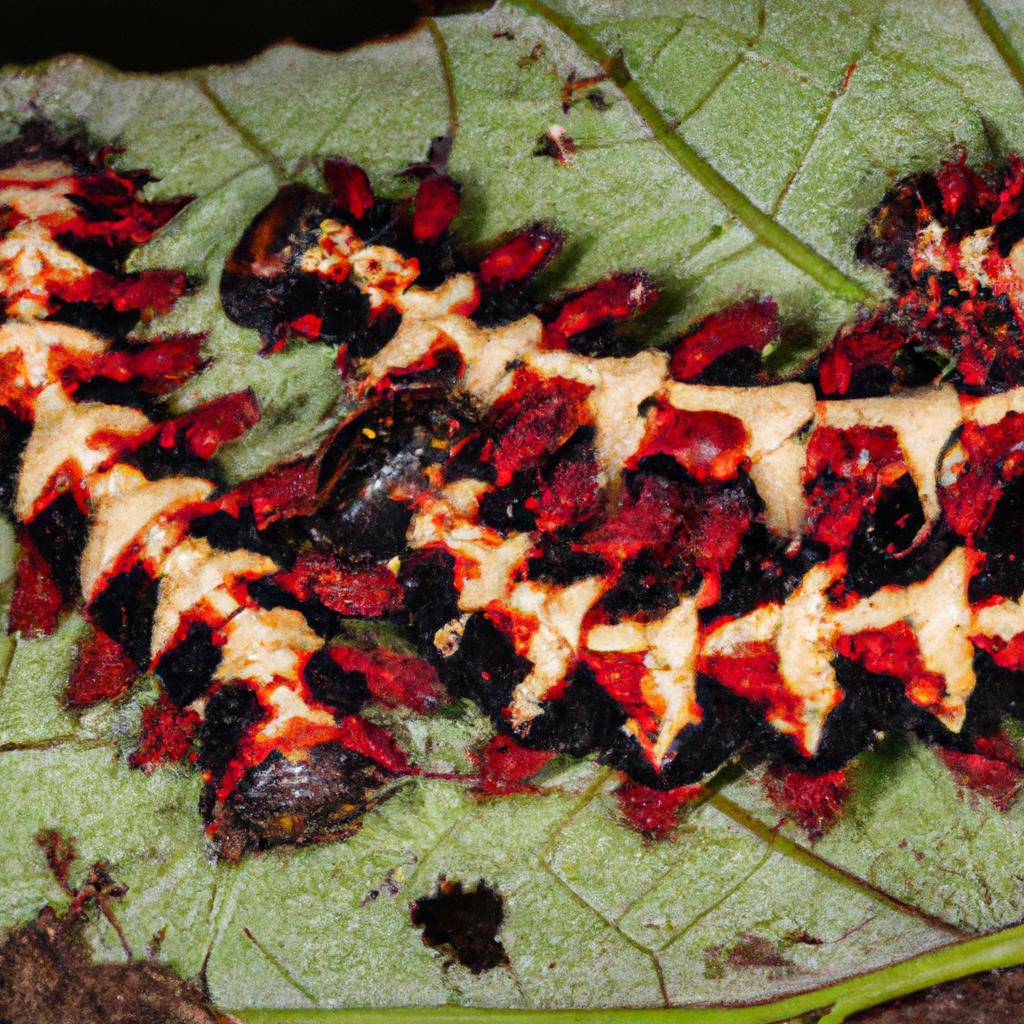
The Saturniidae moth caterpillar can be found in various regions worldwide, excluding the Polar Regions. These caterpillars are commonly found in temperate and tropical areas, where they feed on a diverse range of host plants such as oak, maple, and willow trees.
In North America, you can spot species like the Luna moth and the Polyphemus moth in the eastern and southeastern regions. Meanwhile, the giant Atlas moth caterpillar resides in the rainforests of Brazil, representing South America.
These caterpillars play an essential role in the ecosystem. They serve as a significant food source for birds, reptiles, and mammals. Moreover, as adult moths, they contribute to pollination by feeding on nectar and other plant fluids.
The Vital Role of the Saturniidae Moth Caterpillar in the Ecosystem
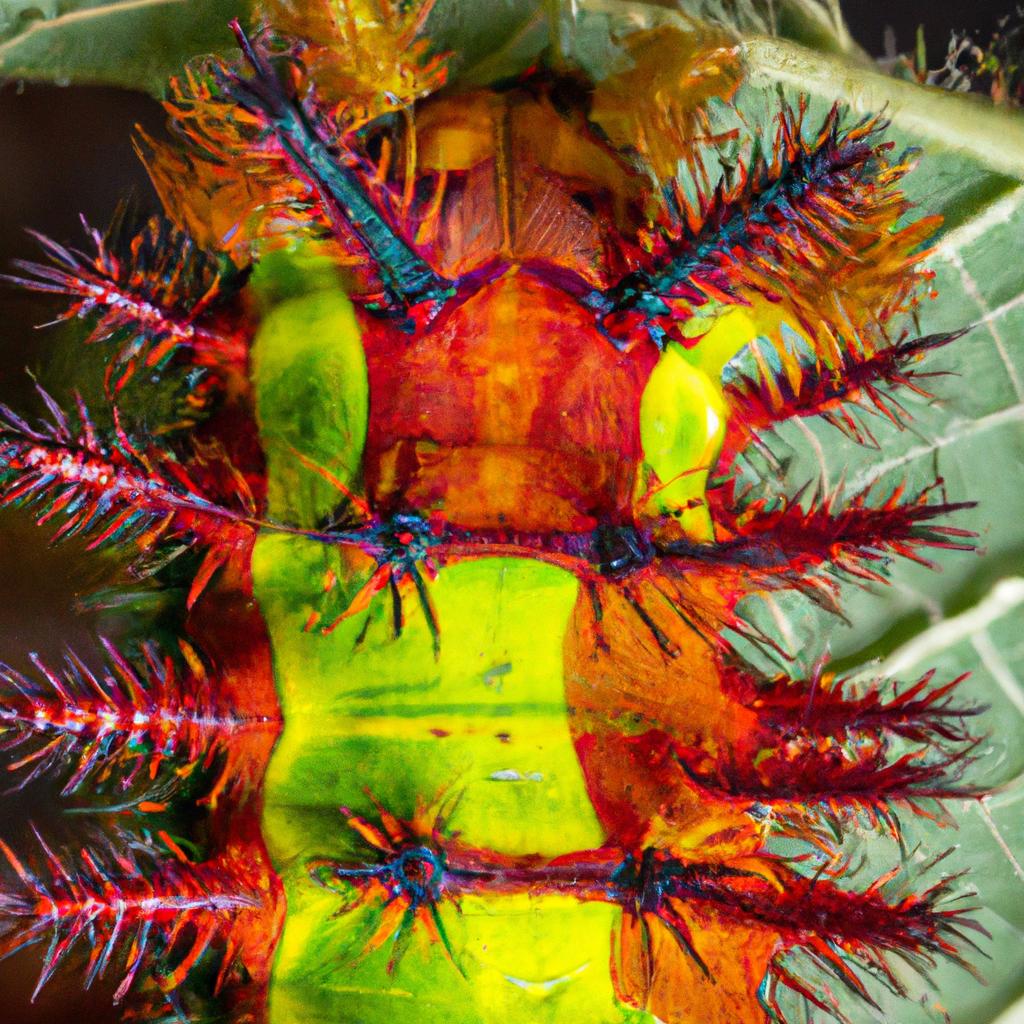
Saturniidae moth caterpillars play a crucial role in maintaining the balance of the ecosystem. As herbivores, they regulate plant growth by feasting on the leaves of trees and shrubs. In addition to this, their droppings provide essential nutrients for the soil, fostering the growth of other plants.
These moths are also valuable pollinators. Equipped with long tongues, they delve deep into flowers to collect nectar, inadvertently transferring pollen from one flower to another. Through this process, they facilitate plant fertilization and ensure the survival of various species.
Conservation Challenges and Efforts
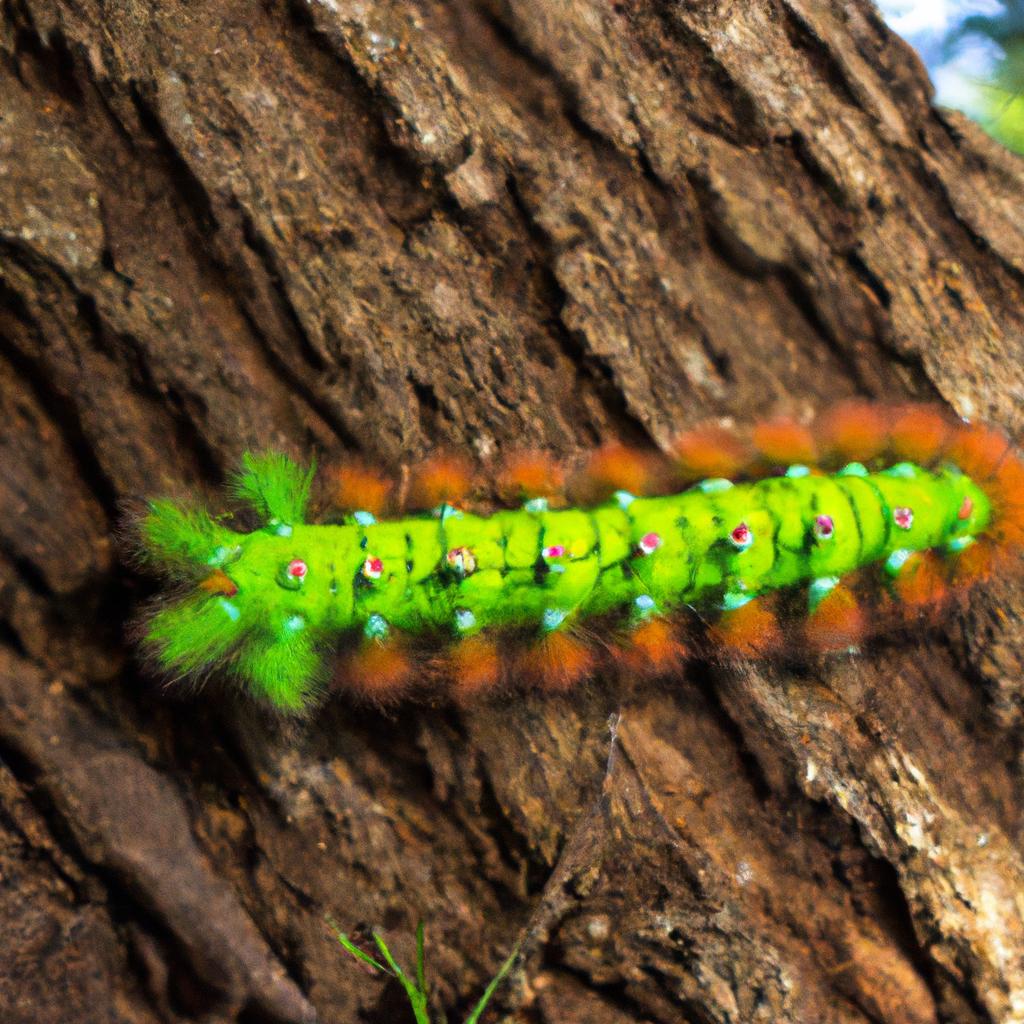
Despite their ecological significance, Saturniidae moth caterpillars face numerous threats. Habitat destruction, climate change, and the use of pesticides are prime factors endangering their populations. Additionally, their large size and captivating appearance make them targets for collectors who sell them as exotic pets or exploit them for their silk.
To counter these threats, conservation efforts are underway. Some areas have implemented protective measures against poaching and habitat destruction. Moreover, educational programs are raising awareness about the vital role these creatures play in the ecosystem.
Supporting these conservation efforts is crucial to safeguard the Saturniidae moth caterpillar and its habitat. By doing so, we can ensure the continuity of these fascinating creatures in the ecosystem for generations to come.
Learn more about the incredible world of Saturniidae moths and their caterpillars at TooLacks.
